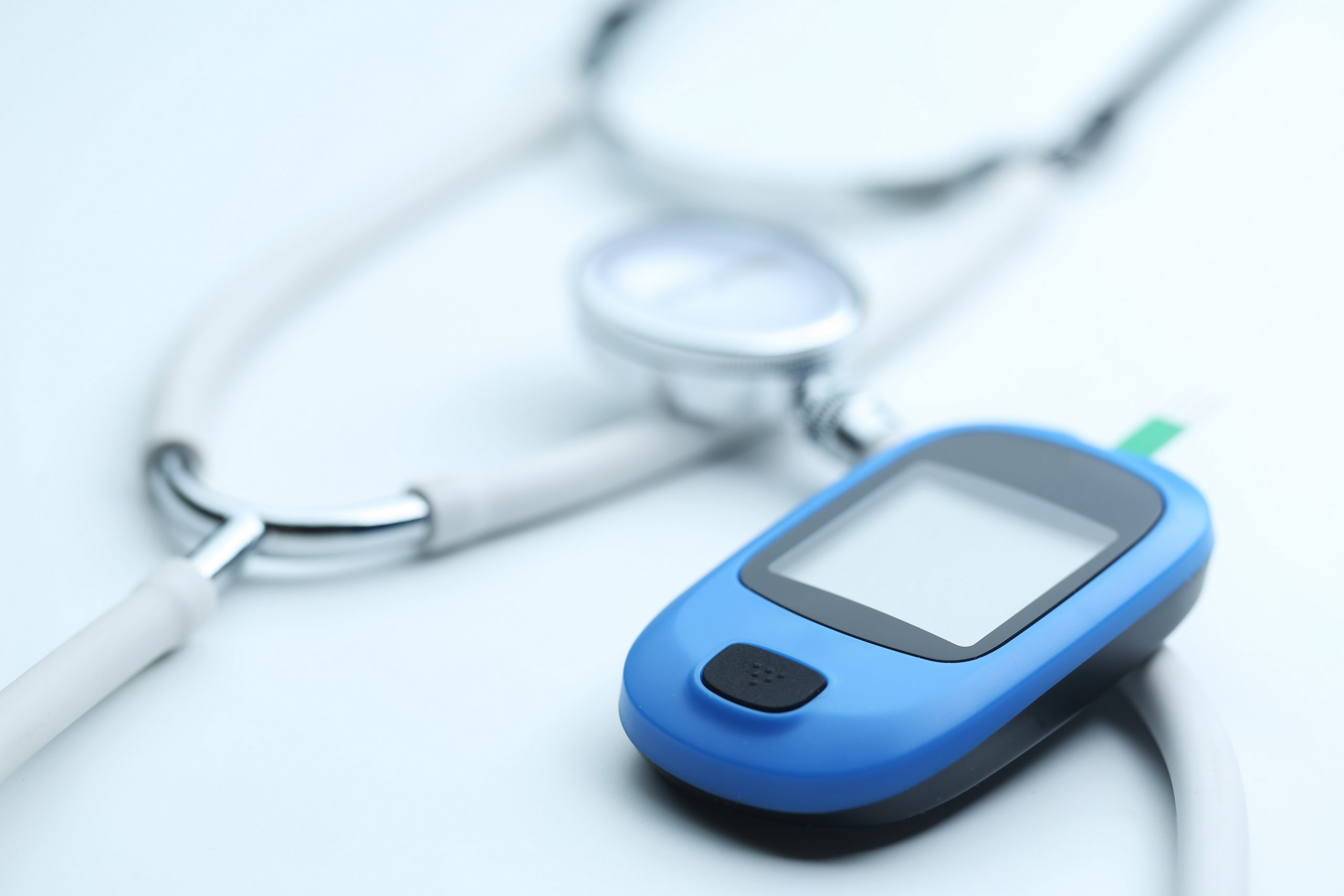Carbohydrate counting is a popular term that refers to meal planning practice for anyone with Diabetes, whether Type 1 or Type 2. As the name suggests, it involves keeping track of the amount of carbohydrates in the food eaten throughout the day to ensure that the insulin levels are well managed.
Myths
Most people think and believe that a diabetic or pre-diabetic diagnosis ultimately means that you have to cut back on all sweeteners and sugar. While this may be indirectly partially true because 90 to 100 percent of the carbohydrates register in the bloodstream within minutes of ingestion, you do not necessarily need to eliminate them in the diet.
Scientific Truth
Ideally, being more aware of the carbohydrates that you eat, or rather counting the carbs in the meals works hand in hand with your medication and activity level to manage diabetes. For instance, one slice of bread, one small size of an apple and a small size of roast or boiled maize, all have 15 grams of carbohydrates. It is, therefore, the amount of carbohydrate that you eat that is crucial and not necessarily the type of carbohydrate that you choose at one given time.
Identify your Blood Sugar Triggers
The initial step in carbohydrate counting is identifying the foods that contain carbohydrates in your day to day eating habits. If you have no recount of this, you can start documenting every single thing you eat within a week to find out your pattern. Carbohydrates are found in grains such as rice, fruits such as bananas, dairy products such as milk, legumes such as beans, juices such as sodas, and so on and so forth. Each of these foods can be ranked on a system known as the glycemic index that gauges whether a certain food has a high glycemic index or in other words, triggers high blood sugar or not. Food with a low glycemic index, for example, whole meals (brown bread, brown rice) is recommended because it does not over-spike the sugar levels in the blood.
Nutrition Labels
The next step is to ensure that a person constantly reads food labels, especially on packaged food to understand the number of carbohydrates in any given food component before consuming. As a rule of the thumb, 1 gram of carbohydrate provides 4 calories, 1gram of proteins provides 4 calories while 1 gram of fat provides 9 calories. A diabetic or prediabetic person is usually on a diet that provides about 1500 to 1800 per day, depending on their exercise, age, activity level or pre-existing conditions. Only 45 to 65 percent of the calories should be from carbohydrates. These calories are distributed throughout the day, which means that a person can easily track how much they need to eat at any one time to avoid spiking their blood sugar.
For example, a person who is on a 1600 calories diet will calculate as follows:
45/100 x 1600 = 720 calories
720 calories ÷ 4= 180 grams
Such a person will need to spread only 180 grams of carbohydrates throughout the day. In this case, it really does not matter from what source.
Eating out?
While carbohydrate counting may sound as if it is a whole complicated subject, the main thing to remember is to ensure that you have control of your portion sizes even when ordering out. As a rule of the thumb, always start serving the vegetables, followed by the proteins and then the carbohydrates last. A good place to start is by having half of your plate with the vegetables, quarter with a plant protein and the other quarter with an unprocessed carbohydrate. Incorporation of snacks in between the main meals also allows to keep the sugar levels in check and to eliminate over-compensation when a person feels too hungry.
So how many carbs should a person eat if diagnosed with diabetes?
There is no one size fits all because it is all fully dependent on the weight, height, physical activity, age, current blood glucose level, and blood glucose targets. Working hand in hand with your doctor and dietitian will allow the specifications of the carbohydrates limits for each meal and snack.
You can now purchase a general diabetic meal menu plan from my store here: https://www.ask-thenutritionist.com/store/diabetes-meal-plan/
Write to me on info@ask-thenutritionist.com for a personalized plan, or leave your comment down below!









